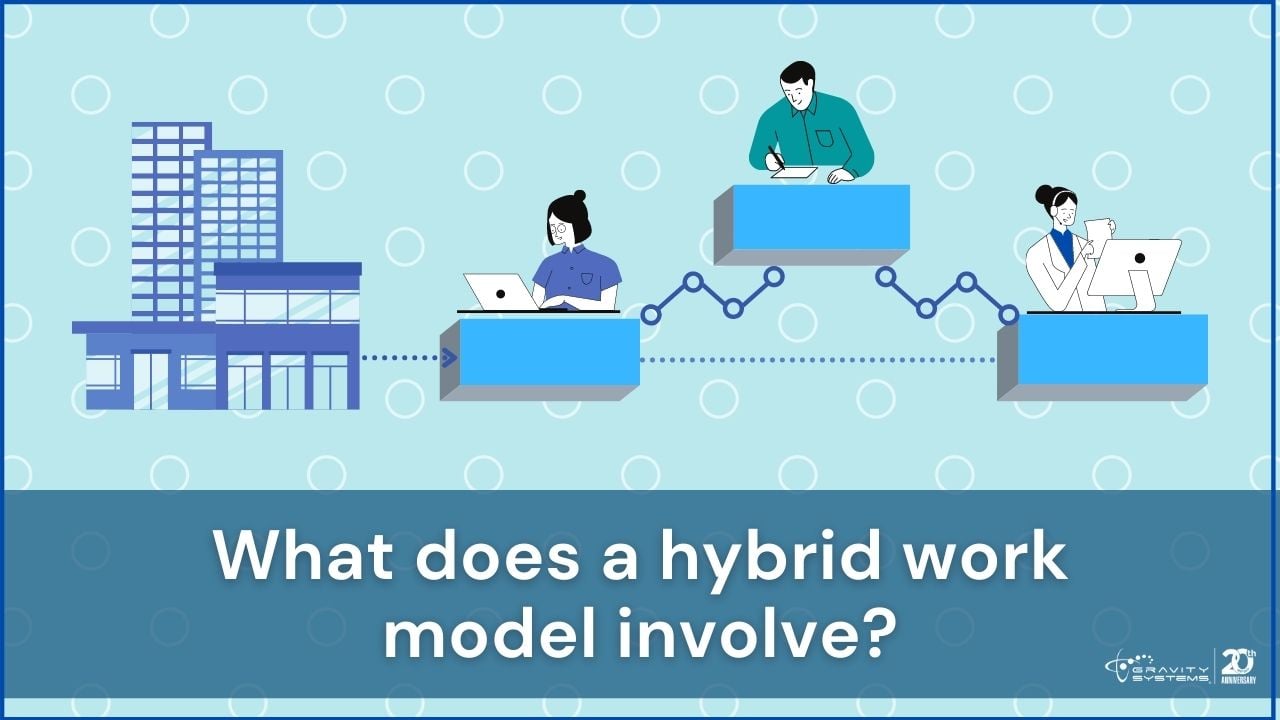“Business as usual” has taken on a whole new meaning over the past year. Many organizations retooled their operations to accommodate full-time remote work and virtual collaboration among those employees whose jobs allowed for it. Now that vaccinations against COVID-19 are becoming increasingly available, businesses are increasingly embracing the benefits of a hybrid work model.

What does a hybrid work model involve? It can include any combination of in-house and remote work scenarios. For instance, you might have certain health-challenged employees continuing to work from home while lower-risk individuals (such as those who have received vaccinations) work in-house. Or you might have workers who spend half of the workweek in the office and the other half working remotely. It can even encompass flexible workdays.
Research suggests that a work model that includes at least part-time virtual attendance works just fine -- depending on the success of their remote social connectivity. One study found that 63 percent of U.S. workers who were satisfied with their social connectivity options enjoyed at least the same degree of productivity throughout the pandemic as before it. By contrast, a whopping 8o percent of workers who were unsatisfied with their experience experienced a drop in productivity.
What does this mean for your organization? Depending on your industry and the specific tasks that your various employees must accomplish, you may be able to maintain or even increase your productivity levels by offering a mix of onsite and offsite work opportunities. But first you need to make sure that you have the right tools in place. Your Austin business IT services team at Gravity Systems can prepare your organization for this “new normal” by giving you the ideal combination of cloud collaboration platforms, redundant Internet connectivity, updated hardware, and secure network protocols. Contact us today!

_NO_BCS_bigger_weird_green_clear.png?width=100&name=for-website_large(save-at-500-tall)_NO_BCS_bigger_weird_green_clear.png)


